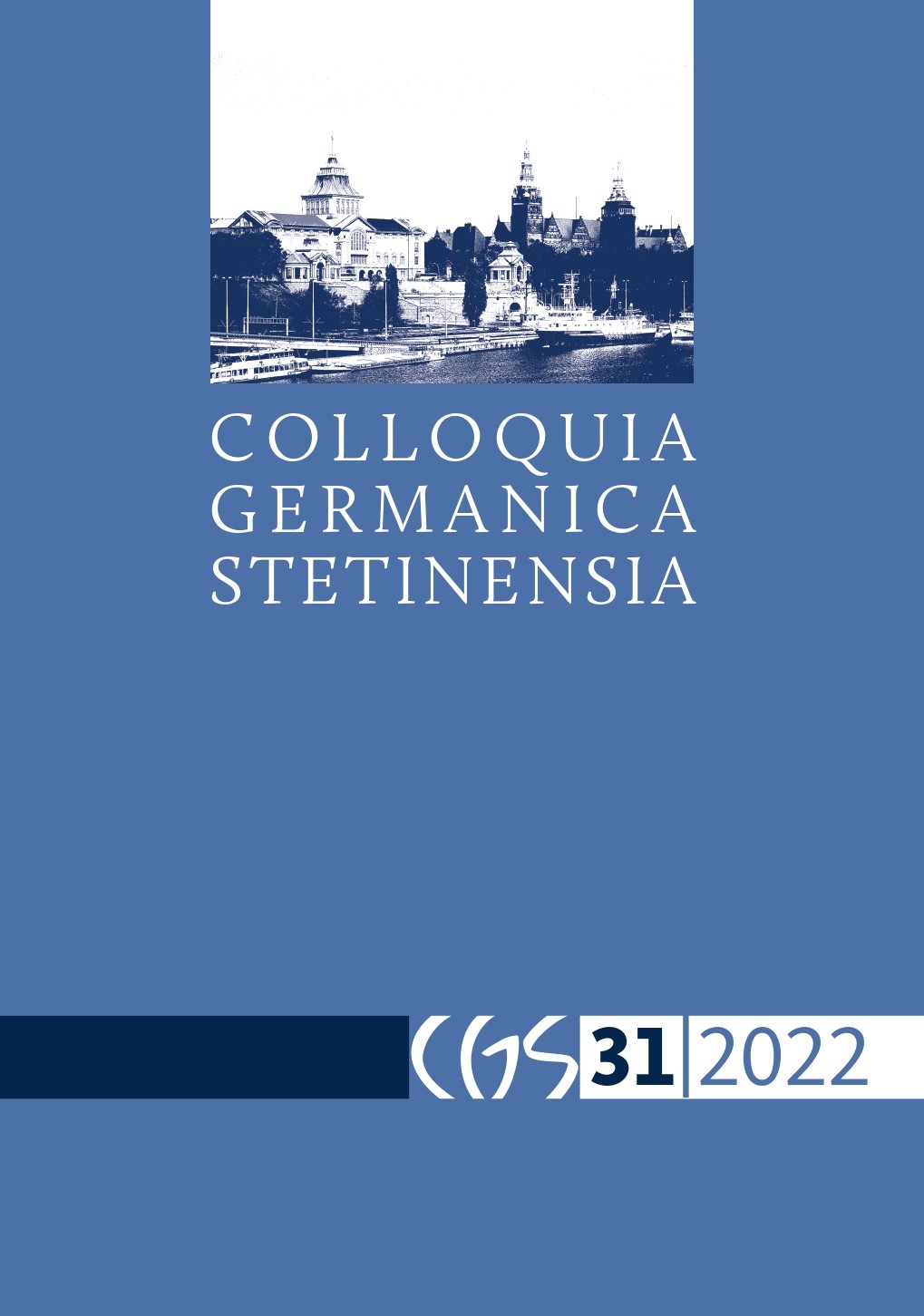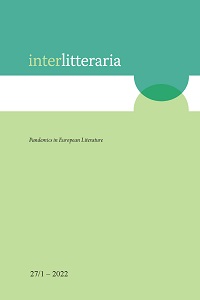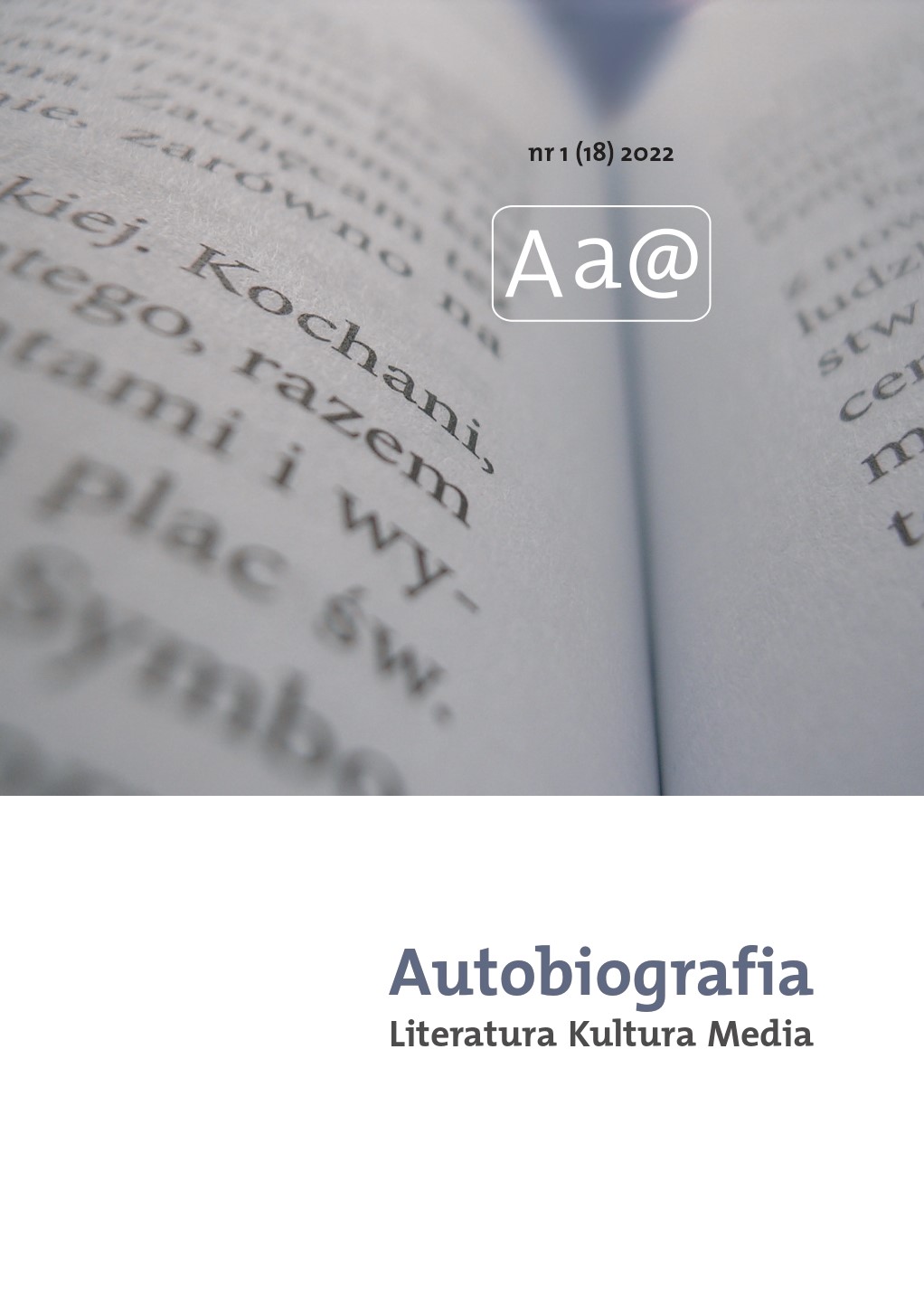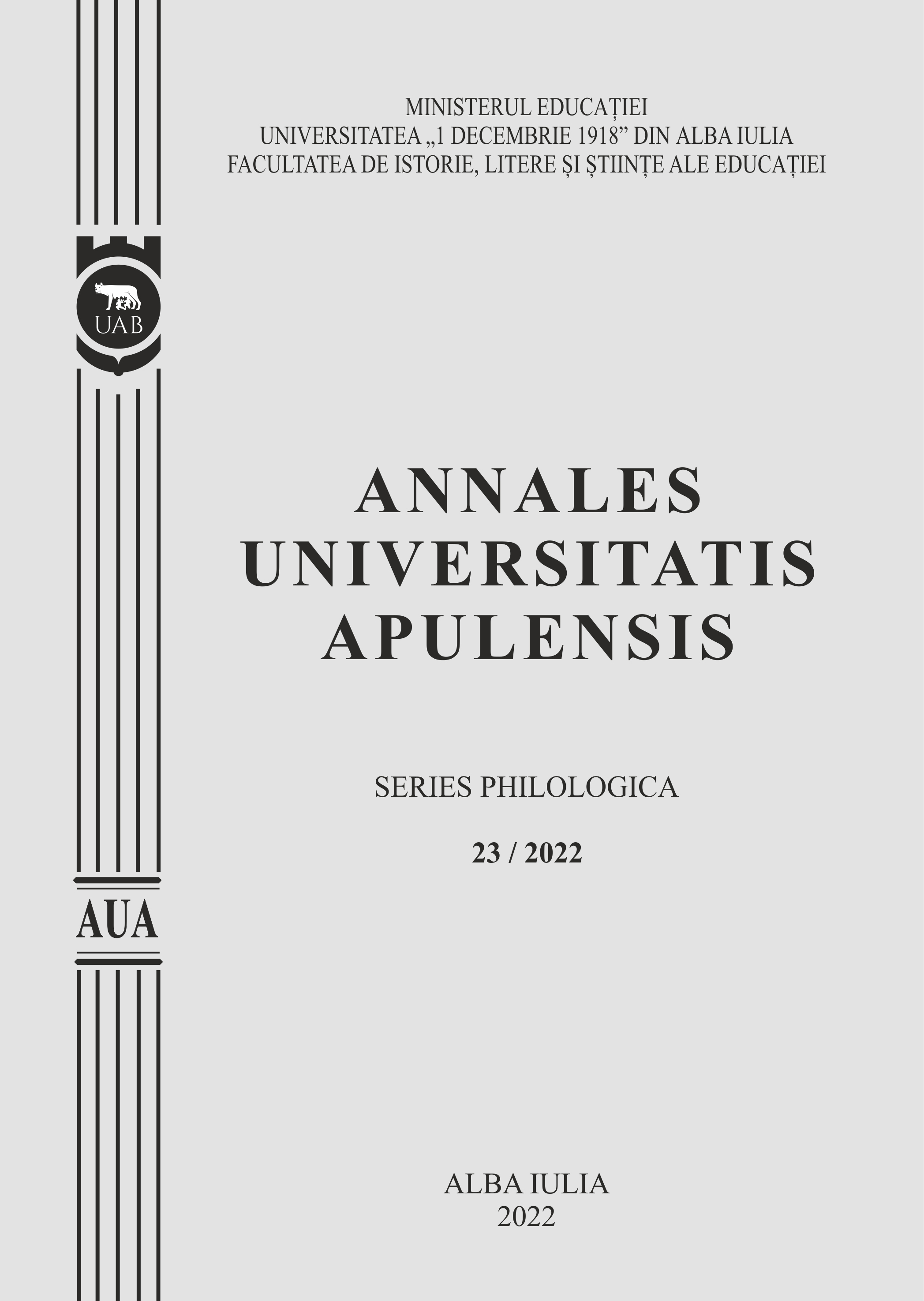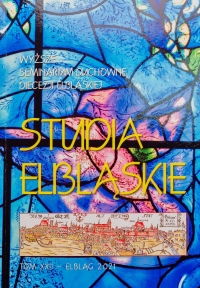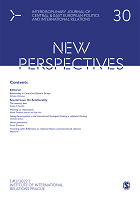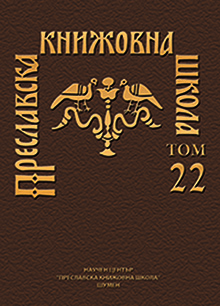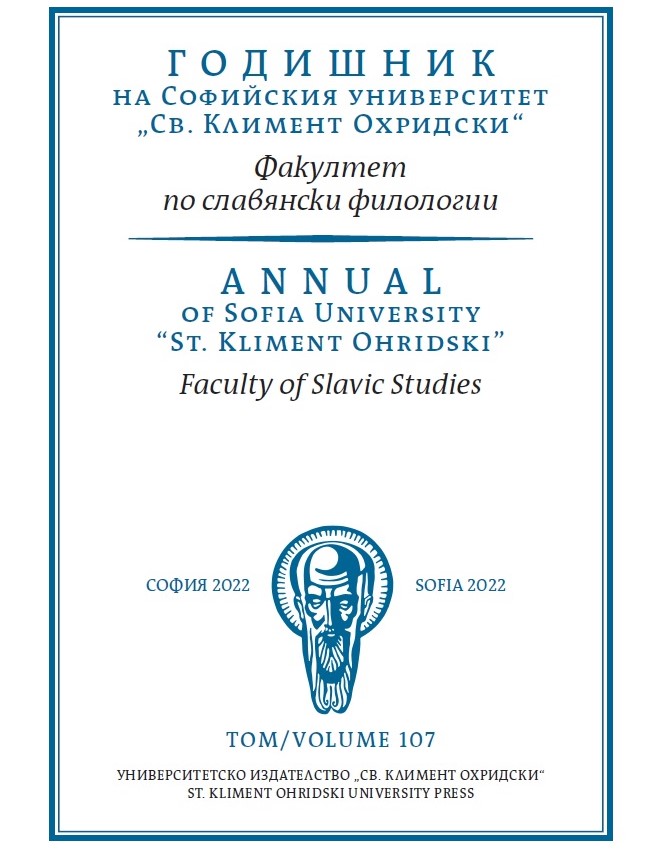Author(s): Pavel Georgiev,Kremena Stoeva / Language(s): Bulgarian
Issue: 22/2022
The authors offer a new reading and interpretation of a partially preserved proto-Bulgarian inscription – graffiti on an amphora, produced by a local craftsman towards the middle or the second half of the 10th c. AD. It has been found during excavations in a monastic skete with a cenobitic monastery, dedicated to St. Panteleymon above the “Patleyna” valley. The preserved part of the inscription could be translated as: “…give [the] olovnik to [your] wife to hide [it], 17th [day] of the month August”. The word olovnik is a rare and specific name for a vessel with the beverage olovina, so far familiar from old Russian manuscripts and Bulgarian written monuments from the late Middle Ages and newer times. There it replaces the biblical name of the alcoholic beverage siker/a. The second key word in the inscription is “wife”, inscribed without the expected Dative suffix. The text also contains two verbs. The first one in 2nd person singular, jussive. The second one is a form for 3rd person, singular and is related to an action which needs to be undertaken by the aforementioned wife. With all that in mind, the text appears to be a command from a person towards someone's wife to hide the likely full with olovina amphora – olovnik. The semantics of the large sign engraved under the inscription is also important for the correct interpretation of the text. Arguments are made that it is a cryptic symbol-theonym, which can be deciphered as a designation or an invocation towards Jesus the Saviour. Because the amphora was found in a small, secluded mountain monastery, the authors think it is better founded to consider that the inscription and the accompanying sign on the vessel are delivering an order from above, according to which the olovina (i.e. sikera) contained in the amphora has been placed there under prohibition for consumption. In the books Judges 13:2-25 and in I Kings 1:1-20, the prohibition to consume exactly this alcoholic beverage is the main condition when childless wives are giving a vow in front of God, so they can have a baby. As a consequence of such a vow, famous biblical characters are born: the nazirite and judge of Israil – Samson, as well as the recognised by the church of Christ as a saint – the prophet Samuel. The date at the end of the inscription – the 17th of August, most likely has designated the day of the vow for abstinence from the mentioned wife from Preslav. Based on this the authors assume that it might have been associated with the forthcoming ecclesiastical celebration (the 20th of August) of the holy prophet Samuel, whose name in Hebrew means “asked from God”. If this is the case, the inscription appears to be a written vow made in the mountain skete, formulated according to the lines from the Holy Scripture. All this forms the possibility that the skete close to Preslav has been dedicated to the holy prophet Samuel, whose birthplace and grave in Rama (Hebr. height) are in a mountainous area close to Sion. Placed in the light of the recently reconstructed by A. Kaloyanov Bulgarian text of “Sermon for worship of the Cross” from the 10th c. AD, this looks like the result of a consciously sought after opportunity to liken the Bulgarian capital to the sacred for the Christians city of Jerusalem.
More...

